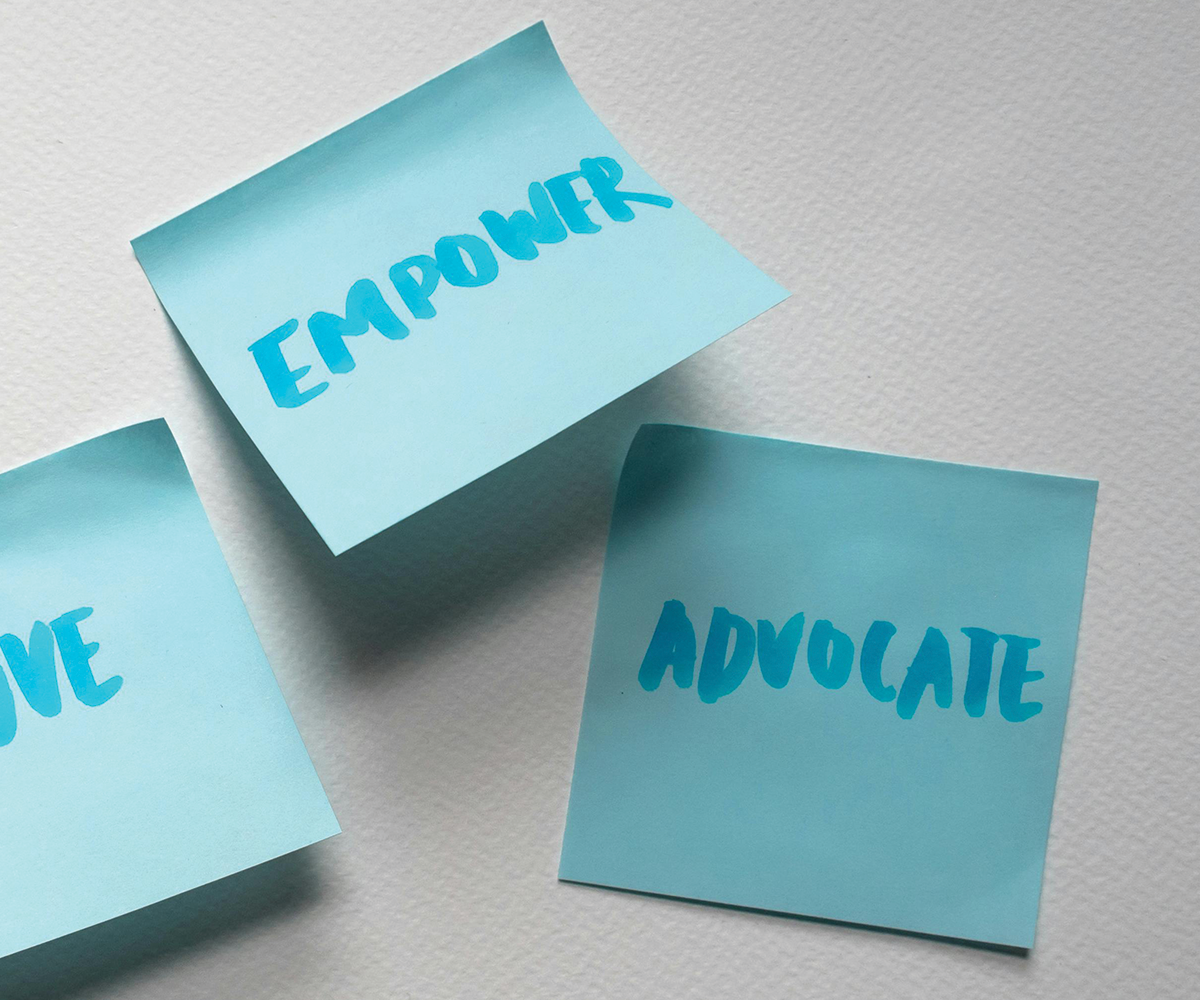How Your R&R Can Influence Policy: Join Our May 7 Member Training

During our 1st Monthly Member Meeting on May 7th, the Network is hosting Bolder Advocacy who will provide a training on: Public Charities Can Lobby: How Your 501(c)(3) Can Influence Policy for the Greater Good
The session will include:
- How federal tax law permits lobbying for charities and how lobbying is defined;
- One easy step most charities can take to maximize the amount they’re allowed to spend on lobbying;
- Yearly lobbying limits for charities;
- Tips for taking advantage of the narrow definitions of lobbying – which will help charities make the most of their lobbying limit;
- and how to apply these rules to ballot measure activities.
Both the Network and Resource & Referral agencies (R&R’s) are 501(c)3 organizations. As a public serving entities, our nonprofits are restricted from intervening in political campaigns (taking partisan positions on campaign members) and are limited in the amount of lobbying we can do.
Lobbying is an important part of our work. This includes supporting or opposing specific legislation or ballot measures as well as engaging with our legislators to influence public policy decisions. As nonprofits we can choose from two different options when it comes to determining and measuring our lobbying limits. One option limits our lobbying activities to 3-5% of our organization's overall activities. The other limits our lobbying activities to 20% of our organization’s total expenditures (for smaller charities), which decreases to a smaller percentage for larger organizations. There is also a separate limit on grassroots lobbying (in-direct efforts to change public opinion on legislature) which is calculated as one-quarter of an organization’s overall lobbying limit.
It is important to note that there is a distinction between advocacy and lobbying. It is helpful to think of lobbying as targeting a specific piece of legislation/ballot measure at the local, state, or federal level while advocacy focuses on providing public education for specific issues. While lobbying is often a kind of advocacy, advocacy activities are not always considered lobbying.
Examples of Lobbying:
- Contacting or urging the public to contact members or employees of a legislative body for the purpose of proposing, supporting, or opposing legislation. This also includes advocating for the adoption or rejection of legislation.
- Calling congressional staff or a member of congress to ask key chairs of a committee to write a letter of support for the passage of a specific bill.
- Meeting with members of legislative committees to ask for budget increases to specific programs.
- Supporting or opposing a ballot measure through endorsement, public communication, organizing volunteers, creating neutral educational materials or hosting educational forums/events.
- Encouraging voters to support or oppose a ballot measure.*
Examples of Advocacy:
- Conducting educational meetings or preparing and distributing educational materials.
- Providing legislative analyses on an organization's website.
- Inviting legislative members to a program to demonstrate the benefits of the program.
- Meeting with legislative members to discuss how a bill might affect a group or population you serve.
Examples of Grassroots Advocacy:
- Creating petitions for members of the public to sign.
- Using media to educate or influence public opinion.
- Organizing public meetings to influence action on legislation.
- Building coalitions to plan public communications around a pending bill.
*Supporting or Opposing ballot measures is a form of lobbying that we can engage in. Nonprofits are able to encourage voters to support/oppose ballot measures because “the effort is directed at the voters as if they were legislators adopting a new law.”
To learn more about how your nonprofit can lobby, how to track/measure lobbying limits or how to engage with ballot measures, join our Bolder Advocacy training on May 7th!